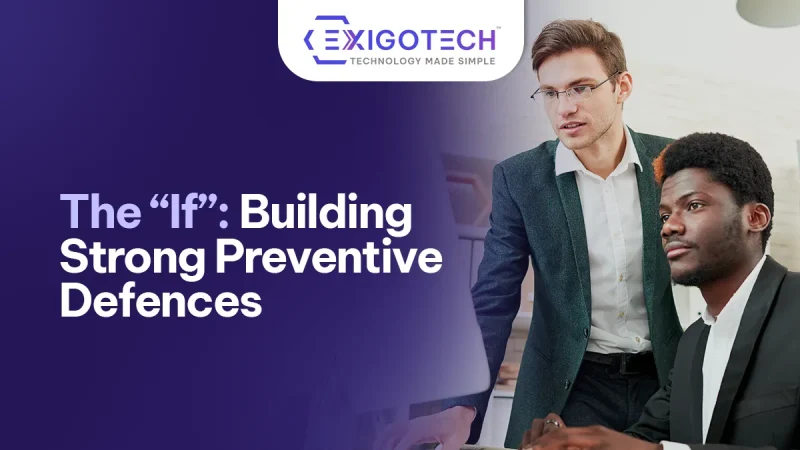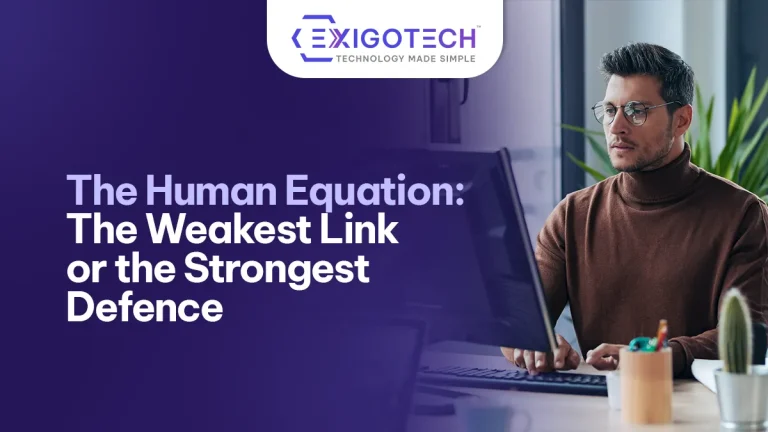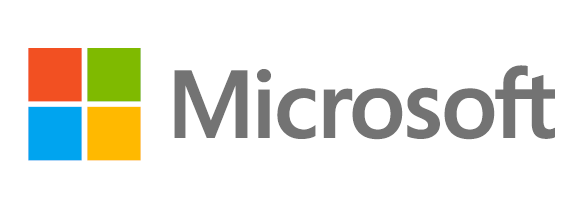In cybersecurity, “if” no longer means if you’ll be attacked — it means if your defences will hold when you are. While breaches are increasingly inevitable, that doesn’t mean prevention is obsolete. In fact, a strong “if” is still your first and most critical shield.
Your First Shield: Passwords and Biometrics
Every defence starts with identity. Passwords, passphrases, and increasingly, biometric authentication (like fingerprint or facial recognition) form the first shield in your cybersecurity wall.
But this shield alone is no longer enough. Weak or reused passwords remain one of the most exploited vulnerabilities. In 2025, over 80% of breaches still involve compromised credentials. That’s why this first shield must be reinforced — not replaced — by others.
Building the Shield Wall: Layered Security in Action
Think of your cybersecurity posture as a phalanx — a tightly packed wall of shields. Each layer of defence overlaps and supports the others. If one fails, the next is ready. Here’s how the layers work together:
- Multi-Factor Authentication (MFA)
- Adds a second or third layer of identity verification.
- Even if a password is stolen, access is blocked without the second factor.
- Why it matters: MFA can block 99.9% of automated attacks.
- Zero Trust Architecture
- Assumes no user or device is trusted by default — even inside the network.
- Continuously verifies identity, device health, and access context.
- Why it matters: Zero Trust is now the top strategy for mitigating insider and third-party risks, which account for 30% of breaches.
- Identity and Access Management (IAM)
- Controls who can access what, when, and under what conditions.
- Enforces least privilege and role-based access.
- Why it matters: IAM misconfigurations are a leading cause of lateral movement post-breach.
- Network Segmentation
- Divides your network into zones to contain breaches.
- Prevents attackers from moving freely once inside.
- Why it matters: 22% of breaches now involve edge or VPN devices — segmentation limits their blast radius.
- Endpoint Protection & Patch Management
- Keeps devices secure and up to date.
- Detects and blocks malware, ransomware, and suspicious behaviour.
- Why it matters: Vulnerability-based attacks surged 124% year-over-year, with attackers exploiting new CVEs within hours.
Layers Matter More Than Ever
Each layer compensates for the limitations of the others. For example:
- If a phishing email bypasses your spam filter, MFA can still stop unauthorized access.
- If a user’s credentials are compromised, Zero Trust and IAM can restrict what the attacker can do.
- If malware lands on a device, endpoint protection and network segmentation can contain the damage.
This is the essence of defence-in-depth: no single point of failure, no easy way in.
SMB Reality Check:
- Only 14% of SMBs rate their cyber risk mitigation as highly effective.
- 83% are not financially prepared to recover from a cyberattack.
- 91% haven’t purchased cyber liability insurance.
Layered security isn’t just for big business—it’s essential for every organisation, regardless of size.
The Stakes Are Higher Than Ever
- 44% of breaches in 2025 involved ransomware — up sharply from previous years.
- The average cost of a breach in Australia is now over AU$7.4 million.
- 94 billion cookies were leaked on underground markets in 2025 — a 74% increase YoY.
These aren’t just numbers — they’re a call to action.
How strong is your first line of defence?
Talk to the cybersecurity experts at Exigo Tech.
Visit Exigo Protect to explore how we can help you implement Zero Trust, IAM, and layered security strategies tailored to your business — and build a shield wall that holds.
In Case You Missed It: Blog 1 Recap
Not If, But When: Why Cyber Resilience Is the New Cybersecurity
In today’s digital landscape, the question is no longer if your organization will face a cyber threat — it’s when. The era of relying solely on prevention is over. Cyberattacks are growing in sophistication, frequency, and impact, and even the most fortified defences can be breached.
The Evolving Threat Landscape
From ransomware to phishing, insider threats to supply chain vulnerabilities, cyber risks are now a constant. Organizations of all sizes — from startups to global enterprises — are targets. The traditional perimeter-based security model is no longer enough.
Recent headlines have made this reality impossible to ignore. In one of the largest SaaS-related breaches to date, attackers exploited third-party integrations to compromise over 760 companies and exfiltrate up to 1.5 billion Salesforce records. Victims included major global brands like Google, FedEx, Toyota, Qantas, Dior, and Allianz.
And it’s not just global tech giants. In Australia, Australian Clinical Labs (ACL) was fined AU$5.8 million for a 2022 data breach that exposed the sensitive medical data of over 223,000 individuals — the first civil penalty under the Privacy Act.
Shifting the Mindset: From Prevention to Preparedness
While prevention remains essential, it must be part of a broader strategy that includes detection, response, and recovery. Cyber resilience is about ensuring your business can withstand, adapt to, and recover from attacks — minimizing downtime, data loss, and reputational damage.
What to Expect in This Series
- Blog 2: The “If” — How to build strong preventive defences using Zero Trust, IAM, and layered security.
- Blog 3: The “When” — What to do when a breach happens: detection, response, and recovery strategies.
- Blog 4: The Human Equation — Why your people are your greatest vulnerability and your strongest defence.
Don’t wait until it’s too late. The survival of your business could depend on the steps you take today. Contact Exigo Tech for a cyber resilience assessment.
 Philippines
Philippines Australia
Australia Singapore
Singapore India
India Brendan Fazel | Nov 28, 2025
Brendan Fazel | Nov 28, 2025











